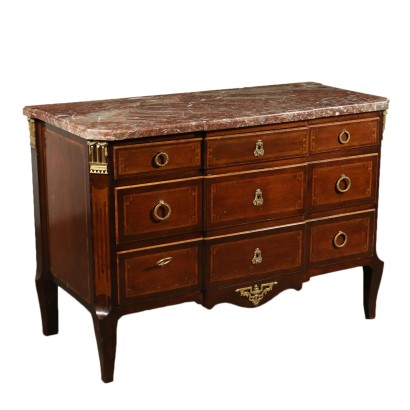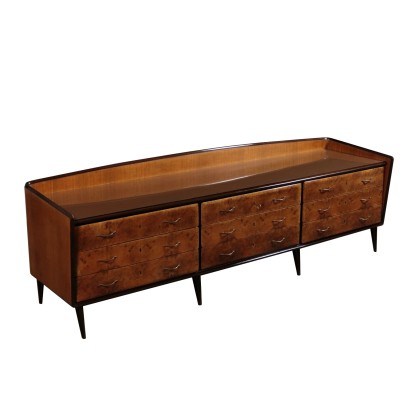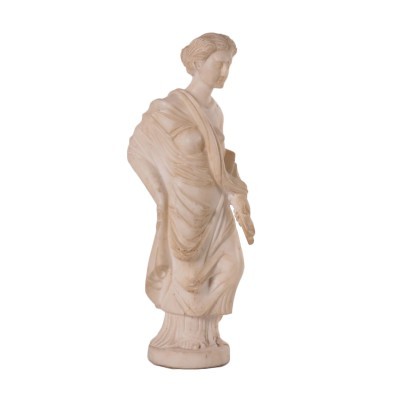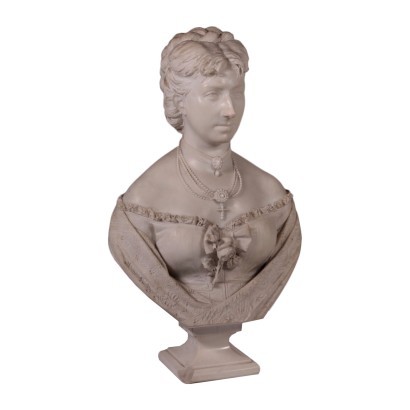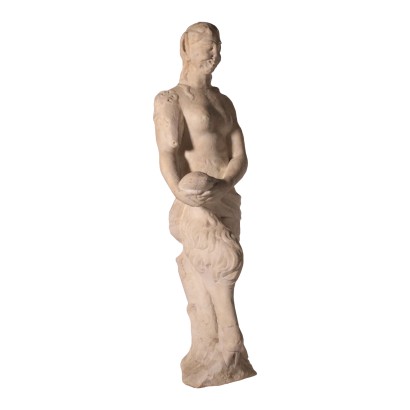Revival Chest of Drawers Marble France Late 1800s
Features
Age: 19th Century / 1801 - 1900 , 20th Century / 1901 - 2000
Origin: France
Main essence: Maple , Brazilian Rosewood , Mahogany
Description
Chest of drawers with round uprights. Two drawers plus three aligned under the top. The latch of the central drawer blocks the two lateral doors as well. Inlays, threads and inlaid outlines. Shaped marble top. Manufactured in France, late 19th century - early 20th century.
Product Condition:
Fair condition. Wear consistent with age and use.
Dimensions (cm):
Height: 87
Width: 127
Depth: 58
Additional Information
Age:
19th Century / 1801 - 1900
19th Century / 1801 - 190020th Century / 1901 - 2000
20th Century / 1901 - 2000Main essence:
Maple
Hard, light wood used for inlays. It grows mainly in Austria, but it is widespread throughout the northern hemisphere, from Japan to North America, passing through China and Europe. It is one of the lightest woods ever, tending to white, it is similar to lime or birch wood. The briar is used in the production of ancient secretaires .Brazilian Rosewood
It is a hard, light blond wood, but with strong red and pinkish veins, which is obtained from tropical trees similar to rosewood. Its veins are reminiscent of striped tulips, which is why it is called tulipwood in English-speaking areas. It is used for inlays, often combined with bois de violette. In the 1700s and 1800s it was highly appreciated and used in France and England for precious veneers. It gives off scent for decades if not centuries after curing.Mahogany
It is one of the most precious and sought-after woods in cabinet making. It was discovered in Central America around 1600 and began to be imported to England in the 1700s. Much appreciated for its hardness and indestructibility, it became widespread following the blocking of walnut exports from France in 1720 and the consequent elimination of English import duties on mahogany from the colonies in America and India. The most valuable version comes from Cuba, but it became very expensive. At the end of the 18th century it began to be used also in France in Louis XVI, Directory and Empire furniture, its diffusion declined starting from when Napoleon, in 1810, forbade its import. It was generally used in the manufacture of elegant furniture, due to its characteristics and beautiful grain. Alternative proposals
It could also interest you



